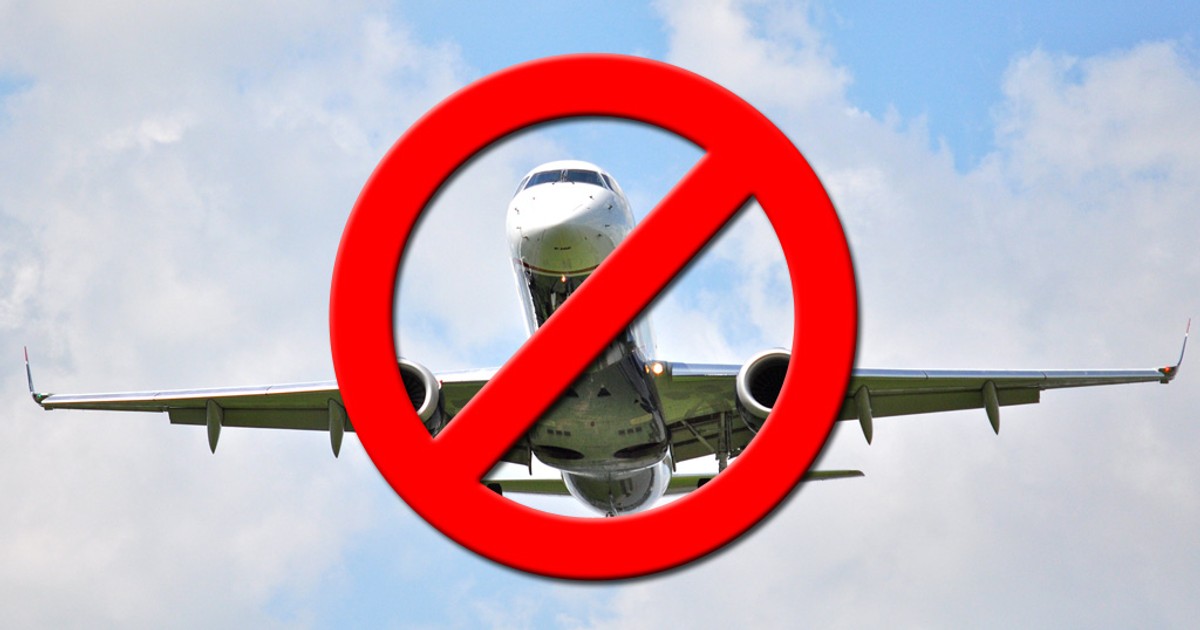The European Union’s Air Safety List, often referred to as the EU Flight Blacklist, is an important regulatory measure that aims to ensure the safety of passengers traveling within and to Europe.
The list includes airlines that are banned from operating within EU airspace, primarily due to concerns about their safety standards or the lack of adequate oversight from their national aviation authorities.
African airlines indicted
Airlines from African nations, despite the region’s significant air travel demands, have faced repeated scrutiny for not adhering to internationally recognized safety protocols.
This highlights broader concerns regarding aviation safety standards across certain African countries.
The most recent update of the list, published this December, shows a small increase in the number of banned airlines, now about 131 across several countries.
This marks a slight rise from June 2024, when the list contained 128 banned airlines from 15 countries.
The EU maintains that these bans are necessary to safeguard the lives of passengers and to encourage improvements in the aviation sectors of the affected nations.
According to the latest EU data, the following African countries have airlines that are banned from operating in European airspace:
| Rank | Operator’s country | Affected airlines |
|---|---|---|
|
1 |
DR Congo |
13 |
|
2 |
Sudan |
12 |
|
3 |
Libya |
10 |
|
4 |
Angola |
7 |
|
5 |
Sierra Leone |
All |
|
6 |
Liberia |
All |
|
7 |
Eritrea |
2 |
|
8 |
Equatorial Guinea |
2 |
|
9 |
Tanzania |
1 |
|
10 |
Zimbabwe |
1 |
Globally, Russia has the highest number of aircraft banned from operating in the EU, with 22 on the list.
According to Simple Flying, the claim that the EU Air Safety List is influenced by political factors does not apply in this case.
The report says the ban on Russia’s aircraft resulted from the illegal re-registration of over 500 planes.
However, the EU has provided affected airlines with a potential way to lift the ban by using wet-leased aircraft or partnering with an airline that is not subject to an operating ban.
In such cases, the aircraft may be branded as part of the banned airline’s fleet.
According to the EU’s statement, an airline may only be allowed to operate within the EU if it complies with the relevant safety standards.
Additionally, a banned airline can contact the European Commission to request removal from the blacklist once it meets the required technical standards and adheres to the applicable international safety regulations.

